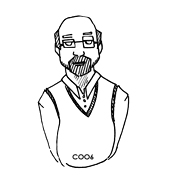Fog/Stratus


In the HRVIS images the Danube valley in Austria and Bavaria, North and East Austria and big parts of Hungary show the typical cloud structure of fog. Especially the clear cut cloud edges at the mountain chains are typical, also the snow structure in the cloud free mountains. But besides the extended fog areas this example shows also valley fog in the Alps. Especially distinct is the fog in a NE - SW oriented valley in East Austria (Mürz - Mur rivers).
While it is very easy to recognise the bright fog area in the HRVIS images it is not easy to do the same in the IR image. While at the northern and the eastern boundary of the Alps the dark grey areas with the clear cut edges at the mountain chain can be diagnosed as fog/stratus is the area over Hungary even darker which would indicate no cloudiness. This diagnosis contradicts with the bright colours in the HRVIS image and so it has to be clarified if the diagnosis of fog in this area is correct.